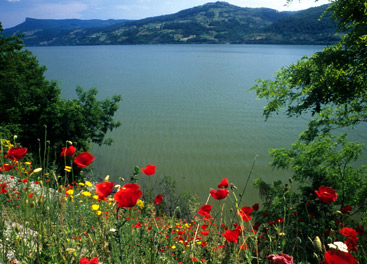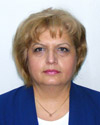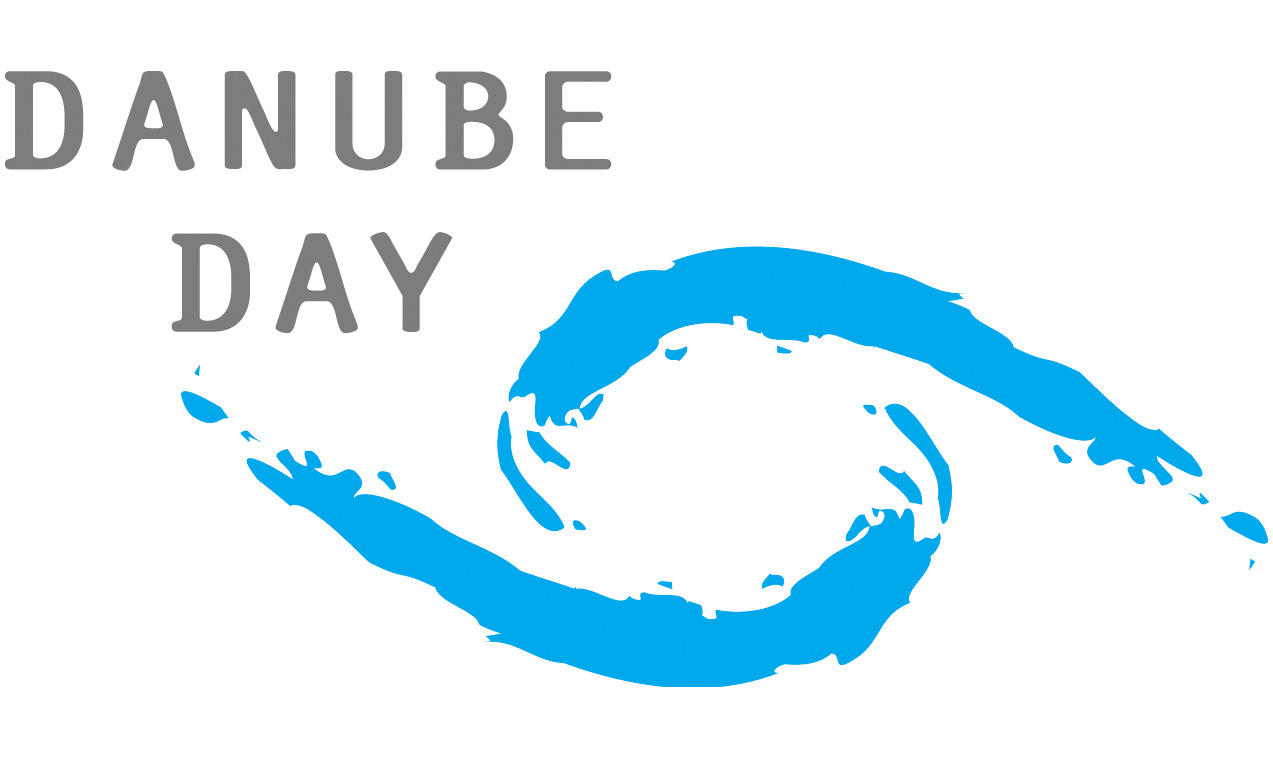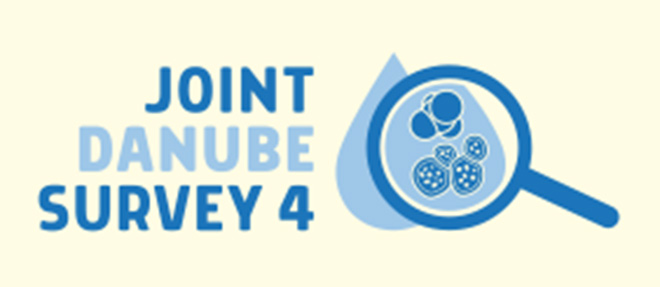Danube Watch 2/2016 - Taking inspiration from the river
Taking inspiration from the river
The Danube is the link that connects all of us in the basin, especially decision makers who are motivated by their shared experiences of living along the banks of the most international river in the world.

The Danube is of huge significance to Romania: covering 237,391 km2²and with nearly 22 million inhabitants, the country is almost entirely within the Danube Basin.
© Mello
In water management, the river is the biggest influence. Simona-Olimpia Negru, Romanian Secretary of State in the Ministry of Environment, Water and Forest speaks about how a childhood spent along the banks of the Danube inspires a career in water management and how the field of river basin management is providing equal opportunities for everyone in the Danube region
Danube Watch: What is your personal relationship to the Danube?
Simona-Olimpia Negru: I was born on the banks of the Danube River in the town of Turnu Magurele. As a child the Danube fascinated me, in particular during the hot summers when I would walk along its banks with a lot of willows to cool off. But restless waters during floods used to frighten me.
What caused my childhood fear later became my profession – to manage floods. Before becoming Secretary of State I worked in the flood protection directorate first as an expert, then as director and general director. In these positions I was involved in the ICPDR activities related to flood management, particularly in the development of the Danube Flood Risk Management Plan.
Danube Watch: Gender issues are often seen as a key aspect in water management especially in developing countries. Do you see links between gender issues and water management in the Danube region?
Simona-Olimpia Negru: In developing countries, such as those in Africa, women are the ones responsible for carrying water over large distances. And as they often bring home a small quantity of water, it is women who take care to conserve water when using it in the household for cooking, bathing and cleaning.
In the Danube region the problems are less important concerning water quantity but more important regarding the water quality. However water deprivation is a major concern involving both the quality and the availability of water.
The trend in the Danube region is to involve women and men equally in all professions related to water. This is certainly the situation in river basin management, where women are numerous in planning actions, including legislation, in deciding policies or programmes, in all areas and at all levels water management.
Vocational training, free access to university education under current conditions, the ability to occupy key positions in decision making and management in various economic and social fields are no longer the exclusive domain of men. At present, society offers everyone equal access to a career, a voice in leadership and the opportunity to really change something for the future.
Women are certainly becoming more and more central in water management. In the Romanian Ministry responsible for water management, women hold more than 50% of the positions and I can assure you that they are doing a very good job!
In addition, women are also more involved in education as mothers or teaching in schools and thus are very much involved in educating children on the importance of safeguarding water.
In this context, I hope that through positive examples and the available options, we can convince a larger number of young women to join the water management field contributing towards sustainable green development at the national or river basin level, in Danube countries and around the world.
Danube Watch: What possibilities do you see to make the Iron Gate dams between Romania and Serbia passable for sturgeon migration?
Simona-Olimpia Negru: Conservation and protection of sturgeons is one of the most important tasks to be undertaken within our cooperation in the Danube River Basin. From this point of view, ensuring sturgeon migration upstream of the Iron Gates dams will be one of the most difficult challenges. Despite this difficulty, Romania – together with our Serbian neighbours – has already started to explore possibilities for fish migration on the Danube. In this respect, with the support of the Dutch Government and the ICPDR, we developed a pre-feasibility study on the possible solutions. Based on the results of this first study we will develop a feasibility study starting this year to establish the necessary measures needed to ensure the migration upstream of Iron Gates dams. We hope that implementation of these measures will be supported with EU Funds.
At the same time, together with the Minister of Agriculture and Rural Development, I have issued a prohibition order for fishing sturgeons for the next five years.
Danube Watch: Do you have a favourite place on the Danube?
Simona-Olimpia Negru: I think that Danube is a majestic river and a life spring for cultures and biodiversity. My favourite place of course is my birth place, but the Danube Delta is also a place that I personally consider one of the most beautiful on Earth. I very much like to visit the areas which are untouched by any human changes and to enjoy nature and the peace of these places. I invite all those who like wilderness to visit the Danube Delta – I am sure that you will fall in love with it!
Simona-Olimpia Negru

Secretary of State, Ministry of Environment, Waters and Forests, Romania
Simona-Olimpia Negru, Secretary of State within the Ministry of Environment, Waters and Forests, Romania, was born on 18 January 1973. She graduated from the Geography Faculty in Bucharest in 1998. In 1999-2000, she pursued post graduate studies in the management and sustainable use of waters and the impact of flooding and other extreme events.
She began her career with the Ministry of Environment in 2000. In 2007 she became the head of the unit managing the assessment and prognosis of water resources, and in 2011 she was named Director of the Risk Management and Floods Directorate and Director General when the Directorate was enlarged.







